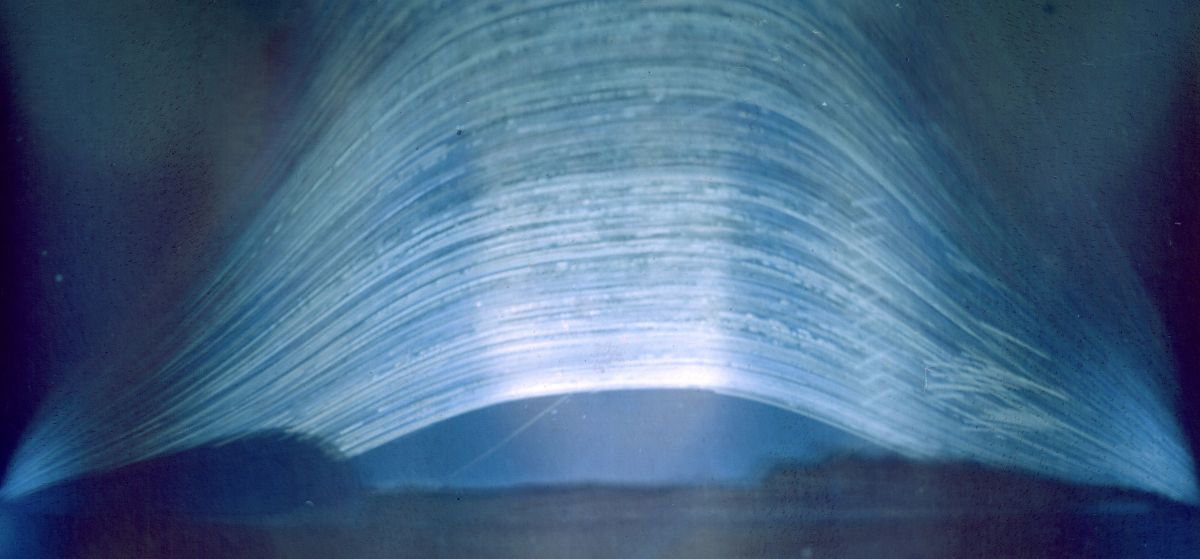News
Photo With An 8-Year Exposure Inside Beer Can May Be The Longest-Ever Taken
Yes, a beer can.

A beer can just helped capture the longest exposed photograph or solargraph possibly in history. Yes, a beer can.
In August 2012, a student at the University of Hertfordshire Regina Valkenborgh created a film-lined beer can which was taped or glued on the side of a campus observatory, Vice reports. Somehow that can has remained there until recently when it was removed in September 2020. That’s eight long years that it sat in the campus observatory. When the can was finally found there was a picture on the inside with one of the longest exposure photographs or solargraphs ever taken.
“The photograph was revealed on the Observatory’s 50th anniversary year – having watched 16% of the observatory’s existence, 12% of the reign of Queen Elizabeth II, and 4% of the existence of photography itself,” a Tweet by the University of Hertfordshire Observatory account pointed out.
Regina Valkenborgh experimented using what’s known as the pinhole camera technique to create this project, according to a University of Hertfordshire statement. Valkenborgh decided to build a makeshift camera using the can to capture the rising and setting of the sun. However, her device ended up sitting there for eight years according to the university. A total of 2,953 arced trails were captured on the film inside of the can. This is believed to be the longest-exposure photograph taken according to the university.
Valkenborgh had placed film sheets on the inside of the beer can and then punched a micro-sized hole to create the camera’s “pinhole,” in the can, which essentially imitated a camera’s lens. The sun’s light, was then focused by the pinhole, burning a trail on the microfilm paper that lined the inner parts of the beer can.
“To me the most exciting thing is that this rudimentary way of photographing in this technology-driven era still has value,” Valkenborgh told Motherboard Vice in an email. “Yet in all its simplicity it has the capability of ‘capturing’ a photograph way beyond the slowest shutter speed you can set on any digital camera. The images are also totally unique, the light photons travel through the actual pinhole and touch the paper inside the can. You can compare it with your footprint in the sand as opposed to drawing a foot with a stick. The foot actually touched the sand and likewise the sun’s rays actually touched the paper.”
The results are stunning showing an incredible looking solargraph. It is not known if this was for an experiment for school or if it was just for fun. Regina however, believes that its a miracle that the photographic paper survived and didn’t crumble up.
“It was a stroke of luck that the picture was left untouched,” Valkenborgh said in a press release. “I had tried this technique a couple of times at the Observatory before, but the photographs were often ruined by moisture and the photographic paper curled up. I hadn’t intended to capture an exposure for this length of time and to my surprise, it had survived. It could be one of, if not the, longest exposures in existence.”
Typos, corrections and/or news tips? Email us at Contact@TheMindUnleashed.com
